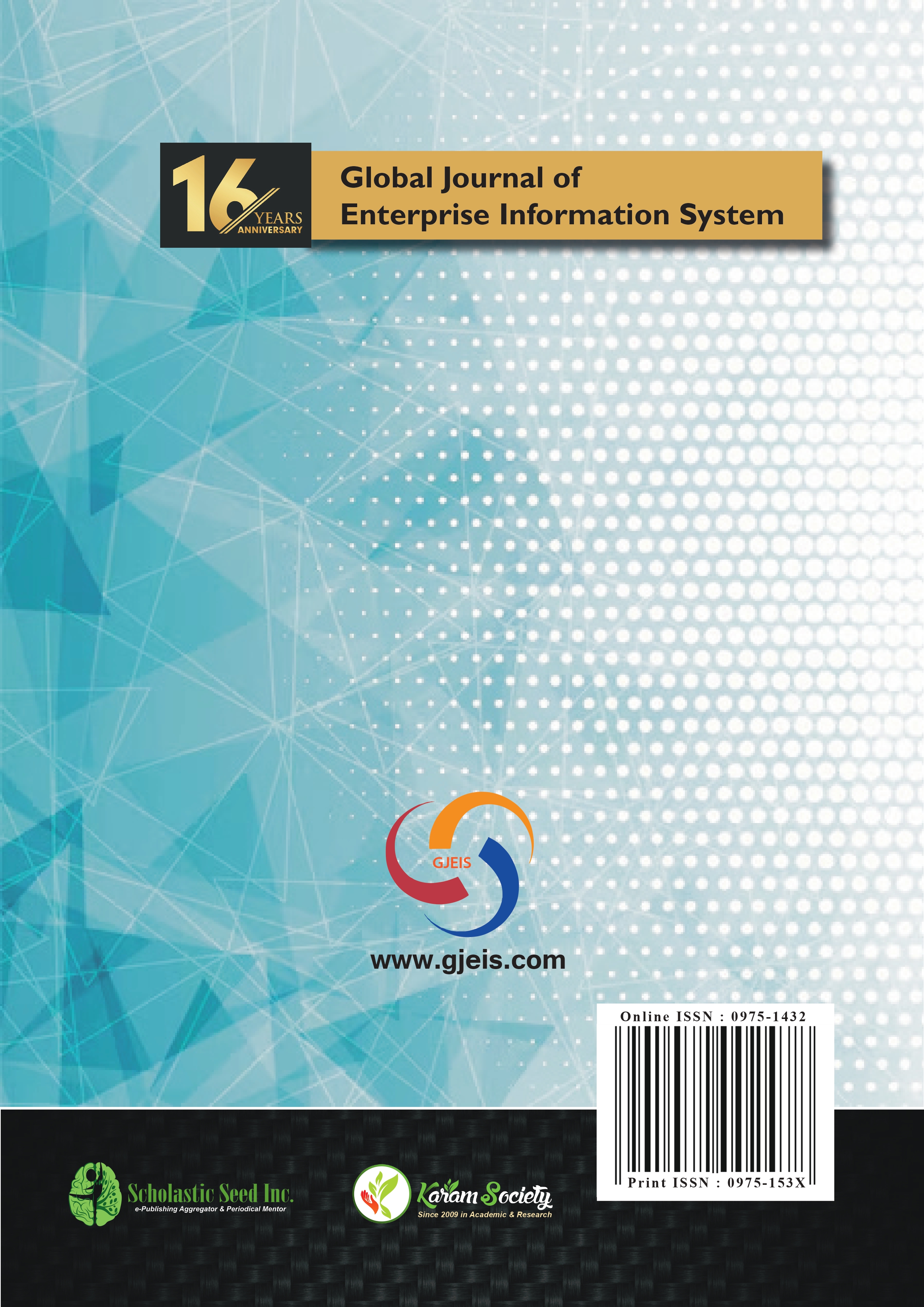Strategies for Preventing Plagiarism - A Case Study of Top Indian Universities
Abstract
Plagiarism is becoming a straw man. Always ceasing author, writer, artist, architects, programmers, students and other creative
people for presenting their views in the form of research paper, article, book and in other forms. Writing a research paper scholarly
in challenge for the researchers, who have threat that they may be proved plagiarized. Hence the area has come up as hot cake topic
of discussion. In this research paper data is collected for selected Indian universities at Delhi and the result comes out is really
shocking which make future of research in question mark? As the tools used to measures the plagiarism is still at infancy stage and
the biggest acceptable tool for measuring research is turn tin which itself need repair as per demand of various researchers. Case of
Melania Trump and Michella Obama and many other Great mighties since Shakespeare to Sarvapalli Radhakrishnan and including
famous film makers, lyricist, higher education dignitaries and Vice Chancellors have been alleged of this crime. Plagiarism is measuring tool for academic corruption and dishonesty with breach of Journalistic ethics it is the "wrongful appropriation" and "stealing
and publication" of another author's "language, thoughts, ideas, or expressions" and the demonstration of them as one's possess
original work. As per Indian government law it is crime under copy right and intellectual property right including IT Act 2000
(Information Technology Act). Punishment is different in different country as per their legal laws. This Research paper proposes to
discuss the various factors involved in plagiarism and researcher should know about it before writing something public. The intention behind this paper is to caution to new researchers and to provide suggestions to great scholars to make themselves safe from
being plagiarized. Optimum uses of turn tin application and mistakes made by researchers are discussed in this research paper
Copyright (c) 2020 Global Journal of Enterprise Information System

This work is licensed under a Creative Commons Attribution-NonCommercial-NoDerivatives 4.0 International License.








